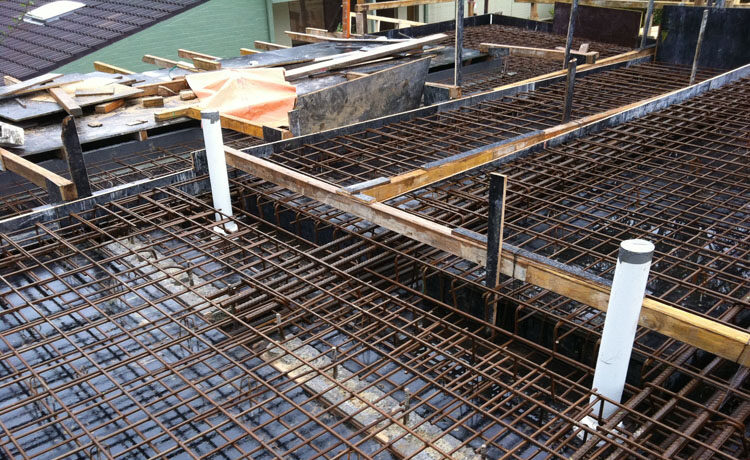Slabs are available in various types utilized in construction, including flat plates, bubbled deck slabs, ribbed slabs, waffle slabs, and one-way slabs on beams. Let’s explore all the applications for each slab type in various construction types and its exceptional characteristics and advantages. Every kind of slab, whether for a tall commercial skyscraper or an appealing residential house, has benefits and applications of its own. If you need slabs for construction, seek information from structure temporaire ingénierie NadeauSDM.
Types of construction slabs and their uses
The various types used in building projects rely on several variables, such as the slab’s span, the weight that it will bear, and the supplies and components that are readily available. But there are other types of slabs, such as:
- One-way slabs on beams
Slabs supported by parallel beams that carry the weight to columns are known as one-way slabs on beams. The reinforcement lies perpendicular to the beams, and these slabs have been designed to support loads in that one direction.
- One-way joist slabs
These slabs are composed of tiny T-beams constructed from reinforced concrete that are spaced evenly and held up by walls or columns. T-beams serve as ribs, adding extra strength and lowering the concrete needed. To reduce the structure’s total weight, hollow blocks or lightweight concrete might fill the gaps between the beams.
- Waffle slab
A waffle slab, often called a grid slab, is a two-way strengthened concrete slab with square or rectangular slots that give the appearance of a grid or waffle pattern. These cavities or grooves reduce the slab’s weight yet do not affect its rigidity or strength. As stiffeners, the beams between the recesses transfer the weight to the columns.
- Flat plates
One- or two-way concrete slabs with reinforcement directly supported by walls or columns are called flat plate slabs. Usually, the slab is thin and free of ribs or beams. To endure the stresses, reinforcement is provided in both directions. Constructing with flat plate slabs is an inexpensive and simple task.
- Flat slabs
These slabs resemble flat plate slabs but are stronger and more rigid due to the drop panels that surround the columns. The walls or columns directly support the slab, and reinforcement is provided in both directions.
- Two-way beam slabs
These slabs have been designed to bear loads in two directions and are backed up by beams on both sides. The slab is usually wider than one-way slabs and has reinforcement in both directions.







